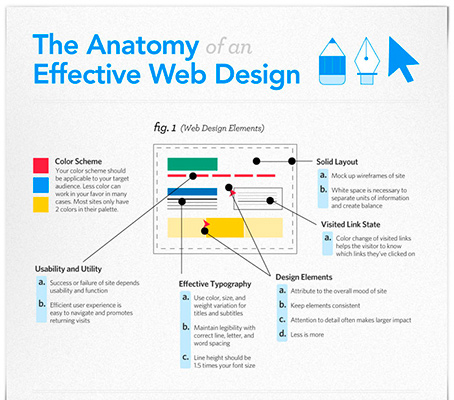The Development Of Site Style: From Past To Existing
The Development Of Site Style: From Past To Existing
Blog Article
Web Content Author-Hartley Peters
In the past, sites were easy and concentrated on information. Navigation was direct, and design was for desktops. Now, individual experience is vital. Data overviews layouts for simple navigating. Receptive designs suit different devices. visit the following internet site , dark setting reduces stress, and minimal menus improve navigation. Interactive features involve customers, and vibrant visuals stick out. https://martechseries.com/mts-insights/guest-authors/6-seo-tips-for-2022-and-beyond/ improves involvement. See just how style has actually evolved to boost your on-line journey.
Very Early Days of Website Design
In the early days of web design, simpleness reigned supreme. Sites were basic, with limited shades, font styles, and formats. The focus was on supplying info as opposed to fancy visuals. Customers accessed the net via slow dial-up links, so speed and performance were crucial.
Navigating food selections were straightforward, usually located on top or side of the page. Sites were made for computer, as mobile browsing had not been yet widespread. Web content was king, and developers prioritized very easy readability over intricate design components.
HTML was the main coding language used, and designers had to work within its restraints. Computer animations and interactive features were very little compared to today's criteria. Internet sites were static, with little vibrant content or customized user experiences.
Rise of User-Focused Layout
With the advancement of web site style, a shift in the direction of user-focused style principles has become progressively famous. Today, developing internet sites that prioritize individual experience is critical for involving site visitors and achieving business objectives. User-focused design includes comprehending the needs, preferences, and habits of your target audience to tailor the internet site's format, material, and features appropriately.
Designers now perform comprehensive research, such as customer studies and use testing, to gather understandings and responses straight from users. This data-driven strategy helps in developing user-friendly navigating, clear calls-to-action, and visually appealing interfaces that reverberate with visitors. By positioning the individual at the facility of the design process, internet sites can supply a more personalized and pleasurable experience.
Responsive layout has actually additionally become a crucial aspect of user-focused layout, making certain that websites are optimized for numerous tools and display dimensions. This flexibility enhances access and usability, catering to the varied methods individuals interact with internet sites today. Basically, the rise of user-focused design signifies a change towards producing electronic experiences that prioritize the demands and assumptions of the end user.
Modern Trends in Web Design
Check out the current fads forming web design today. One popular fad is dark setting layout, providing a streamlined and modern-day appearance while reducing eye stress in low-light environments. One more crucial fad is minimalist navigating, simplifying food selections and boosting individual experience by concentrating on essential elements. Integrating micro-interactions, such as animated switches or scrolling effects, can create a more appealing and interactive web site. Responsive layout stays crucial, ensuring smooth individual experiences across different devices. Furthermore, using strong typography and asymmetrical designs can include aesthetic rate of interest and draw attention to particular web content.
Integrating AI innovation, like chatbots for customer support or individualized recommendations, boosts customer involvement and enhances procedures. Availability has likewise come to be a significant fad, with developers focusing on inclusive layout practices to accommodate varied individual requirements. Accepting sustainability by optimizing internet site performance for speed and performance is an additional emerging fad in web design. Working together with user comments and data analytics to repeat and improve design continuously is necessary for remaining pertinent in the ever-evolving digital landscape. By embracing these modern patterns, you can produce an aesthetically enticing, easy to use web site that reverberates with your target market.
Conclusion
As you reflect on the advancement of website style from the early days to now, you can see just how user-focused design has actually ended up being the driving force behind modern-day trends.
Embrace the journey of change and adaptation in website design, always maintaining the customer experience at the center.
Stay existing with the most up to date patterns and technologies, and never stop progressing your technique to produce visually stunning and straightforward web sites.
Evolve, adjust, and create - the future of web design remains in your hands.
